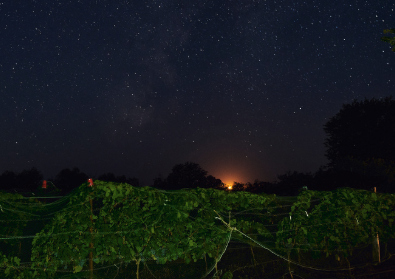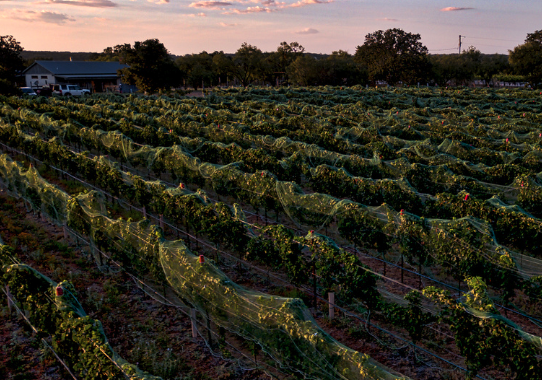What is diurnal shift and why should you care?
July 19, 2021
Too often when wine people explain wine terms, especially ones that aren’t widely used in other arenas, they focus too much on the definition of the term and forget that their audience (wine drinkers) are mostly concerned about why they should care about the term. How does it lead to more enjoyment of wine? So let me lead with that: You should care about diurnal shift because it leads to more balanced, higher quality wine… and who doesn’t want to drink better wine?
The Difference is Night and Day
So now that you’re properly motivated to learn about a nerdy term like diurnal shift, we can actually dig in a little bit. Diurnal shift can be defined as the difference between the average daytime high temperature and the average nighttime low temperature. For example, in Central Otago on the south island of New Zealand where they grow some of the world’s finest pinot noir, they experience average daytime high temperatures around 96 Fahrenheit during growing season. At night, the average temperature drops to around 56 Fahrenheit. That 40-degree diurnal shift is one of the most extreme you will see anywhere in the world.
This overnight shift, especially in continental climates like Central Otago, allows for sugar accumulation (ripening) in the grapes to slow (or stop) and the vines to rest. Because ripening grinds to a halt (or slows to a turtle’s pace) each night, it takes more days for the grapes and vines to achieve ideal ripeness levels and therefore elongates the growing season and moves the harvest date further into late summer/early fall.

Not only does it lengthen the growing season, but a large diurnal shift also allows the acid in the grapes to stick around. As sugar accumulation slows down overnight, the grapes are able to maintain higher levels of acidity. This acidity eventually ends up in the finished wine and is one of the key components of balance (along with alcohol, tannin, and sweetness). If any of these components are too low or too high, a wine will be out of balance and the drinker will perceive it as unpleasant or low-quality.
In a region that has very high daytime temperatures during the growing season, there is potential for the grapes to ripen rapidly: accumulate sugar very quickly, acid levels to drop quickly, and the resulting wine to be very high in alcohol with very low levels of acid. An unbalanced, flabby, less-than-pleasurable wine. And who wants that?! No one. So, in quality wine regions with high daytime temperatures, you almost always see a significant diurnal shift.
Why does it matter?
To summarize: large diurnal shift => slow ripening + retain acidity => balanced, higher quality wine.
If you don’t remember anything else:
- Diurnal shift is the difference between the average daytime high temperature and the average nighttime low temperature.
- Large diurnal shift allows grapes to maintain higher acidity.
- As wine drinkers, we care about diurnal shift because it leads to higher quality wines with more balance.

